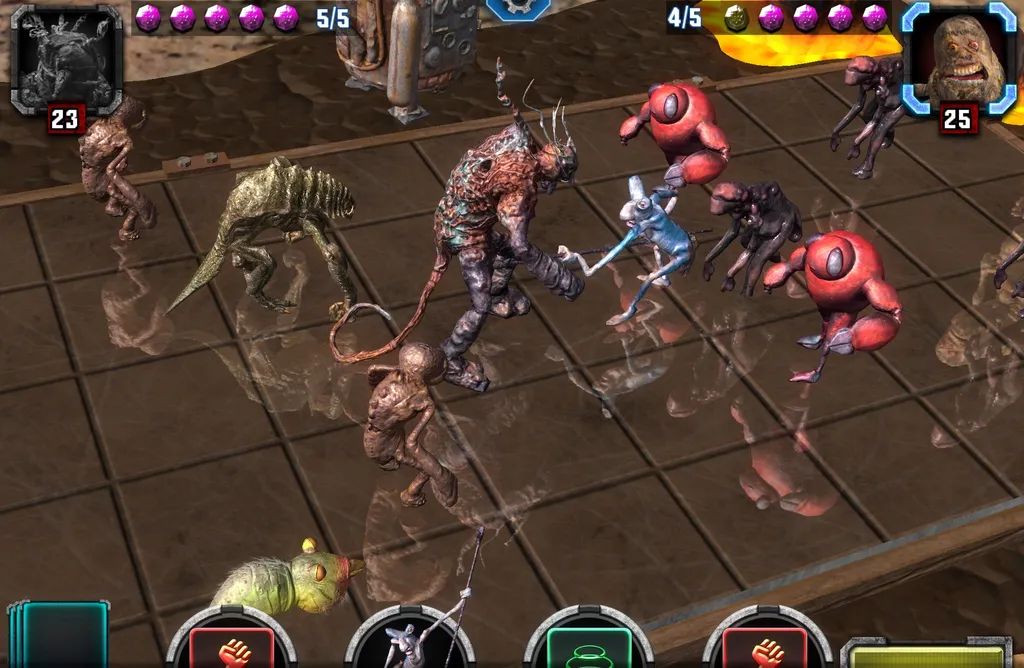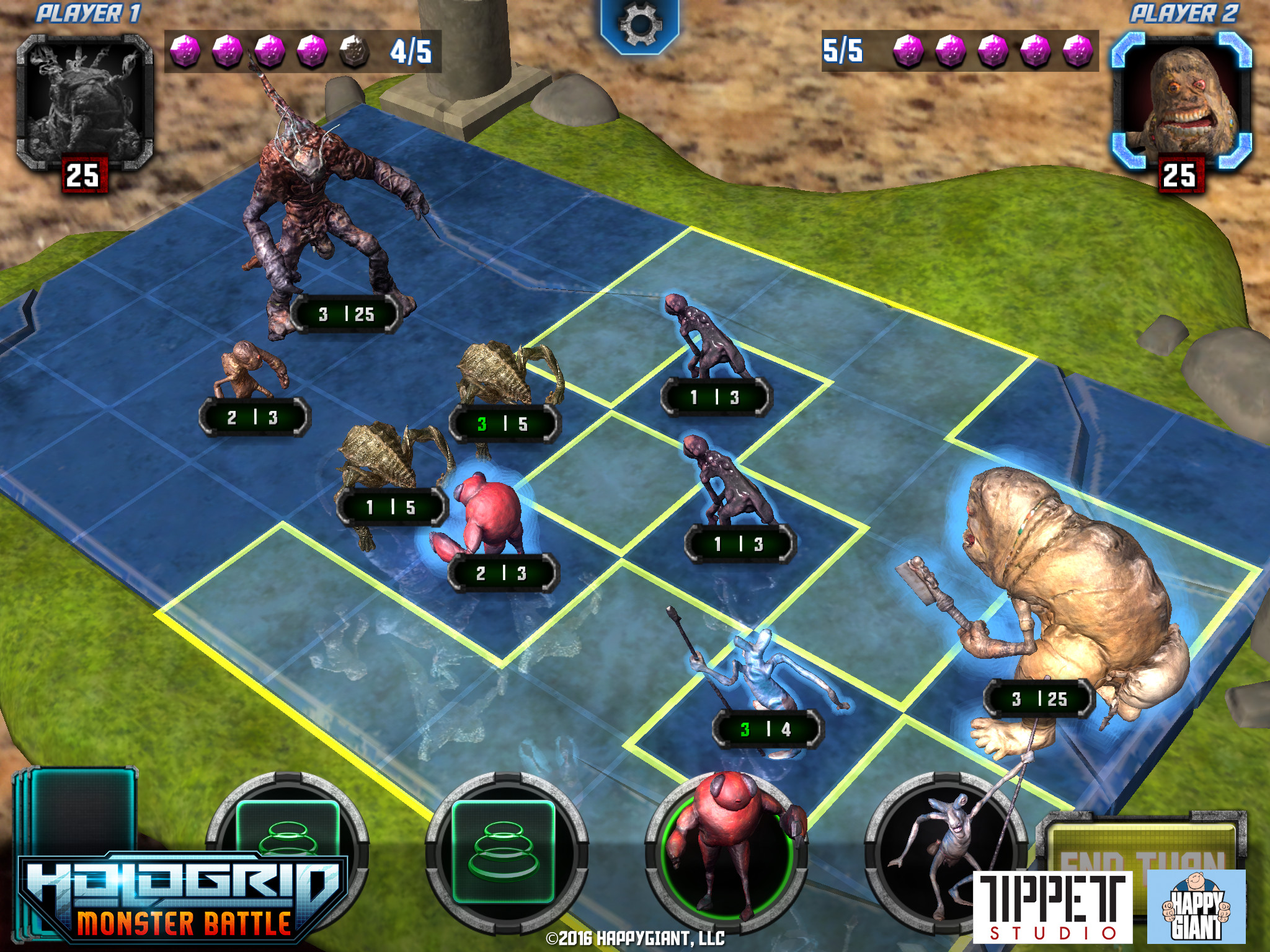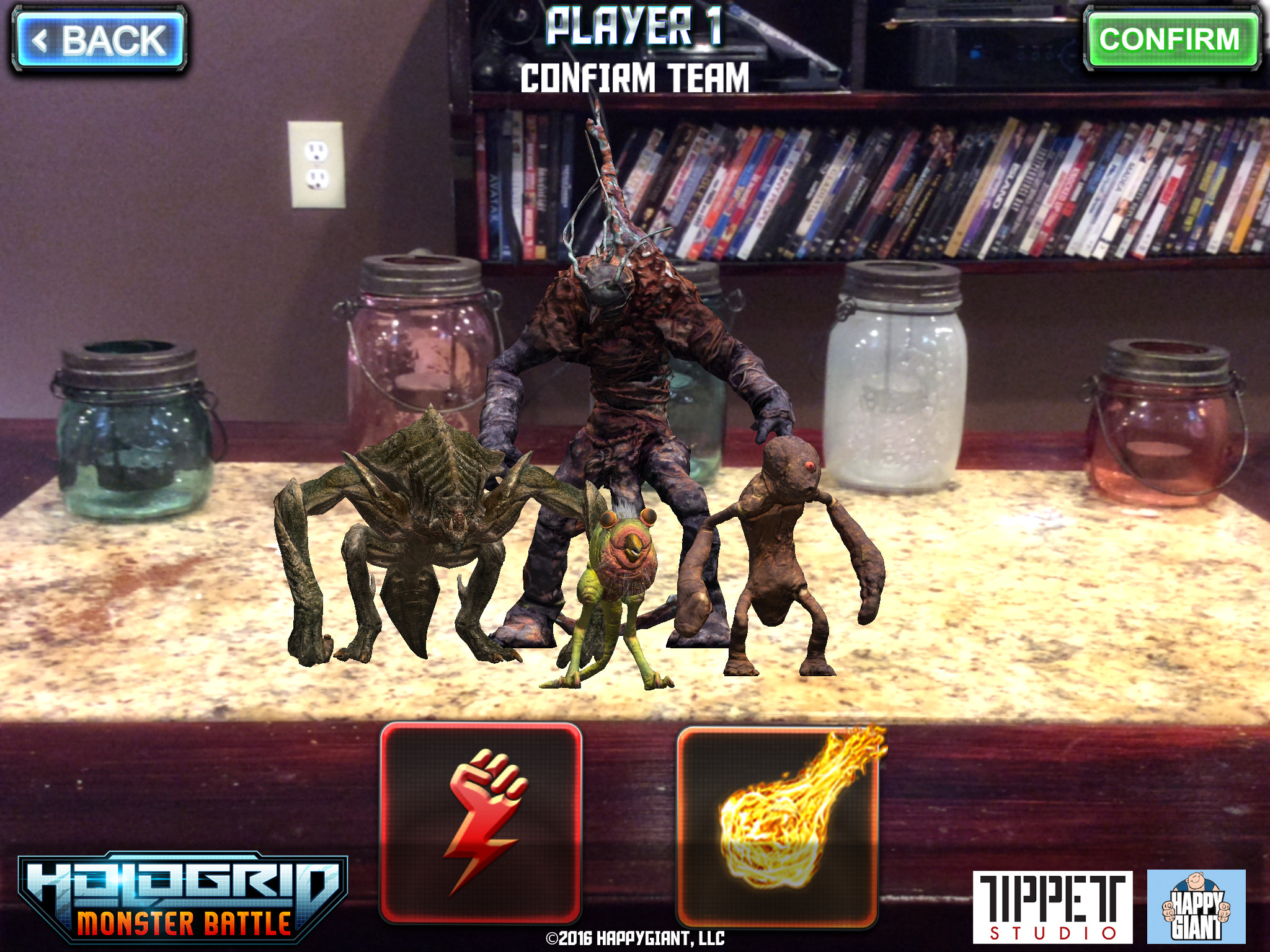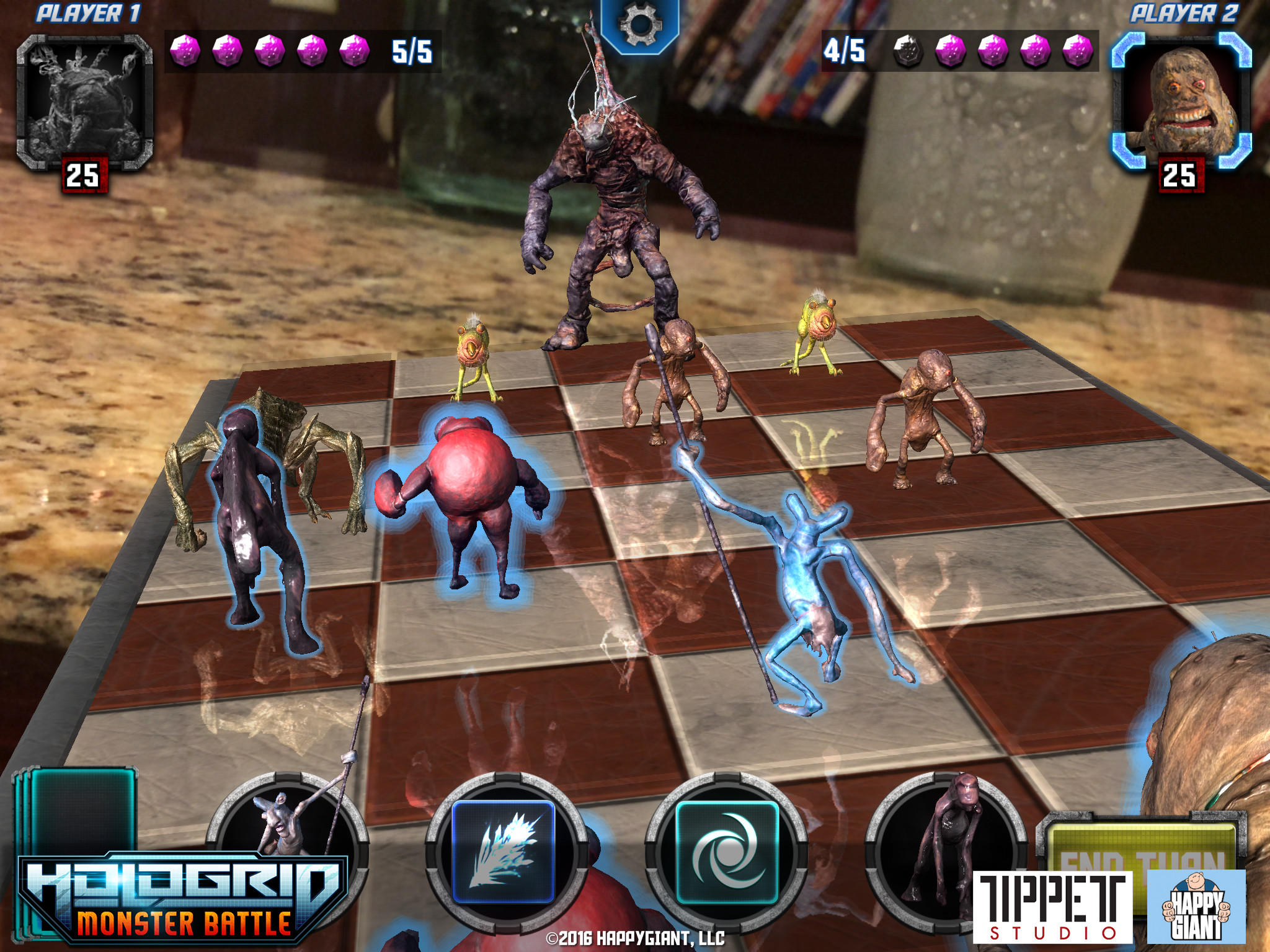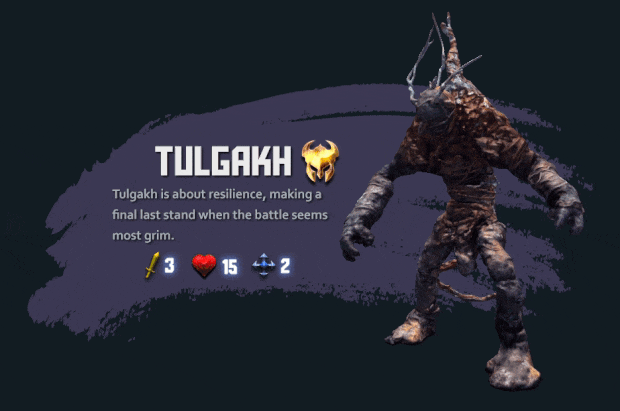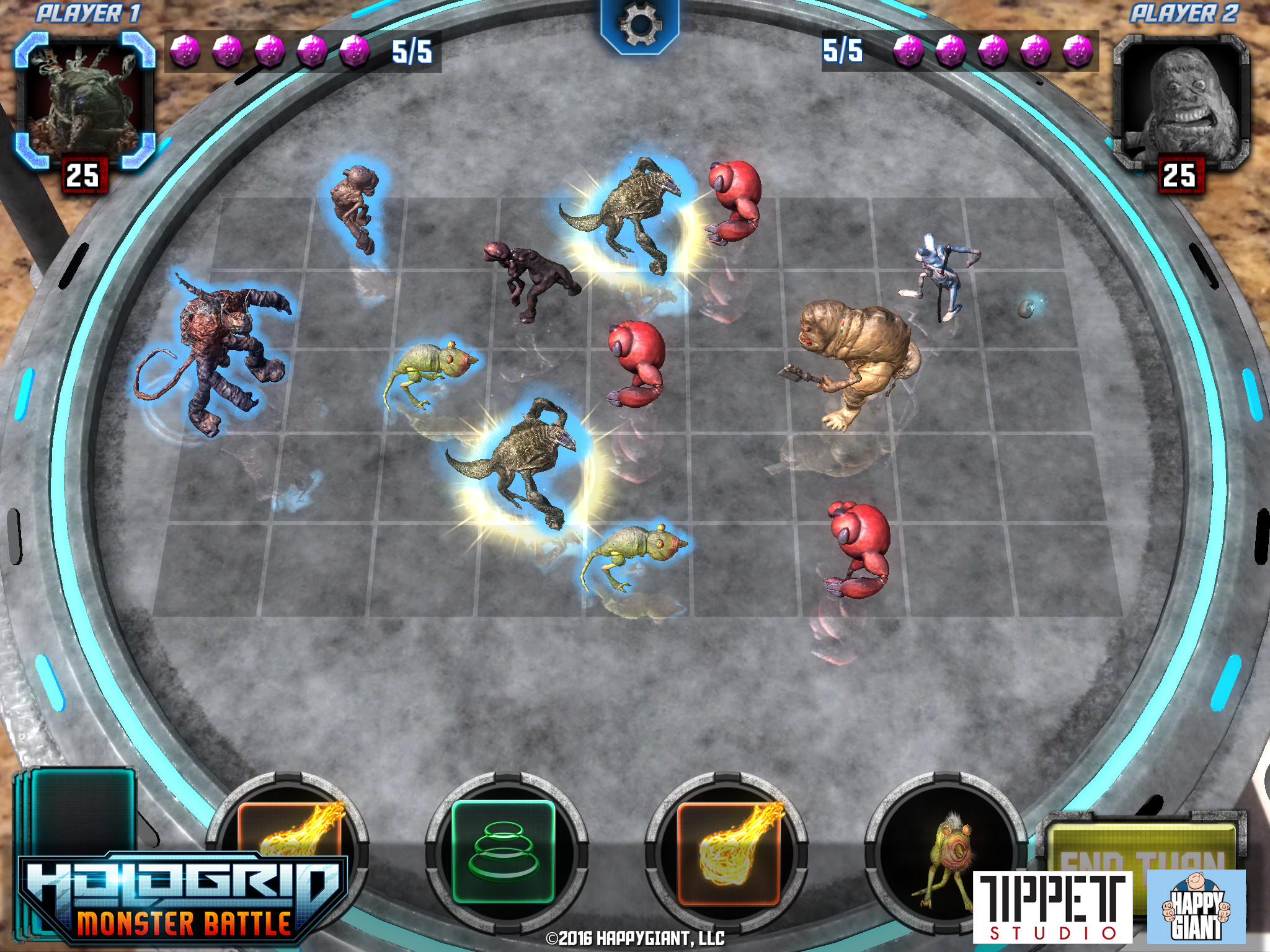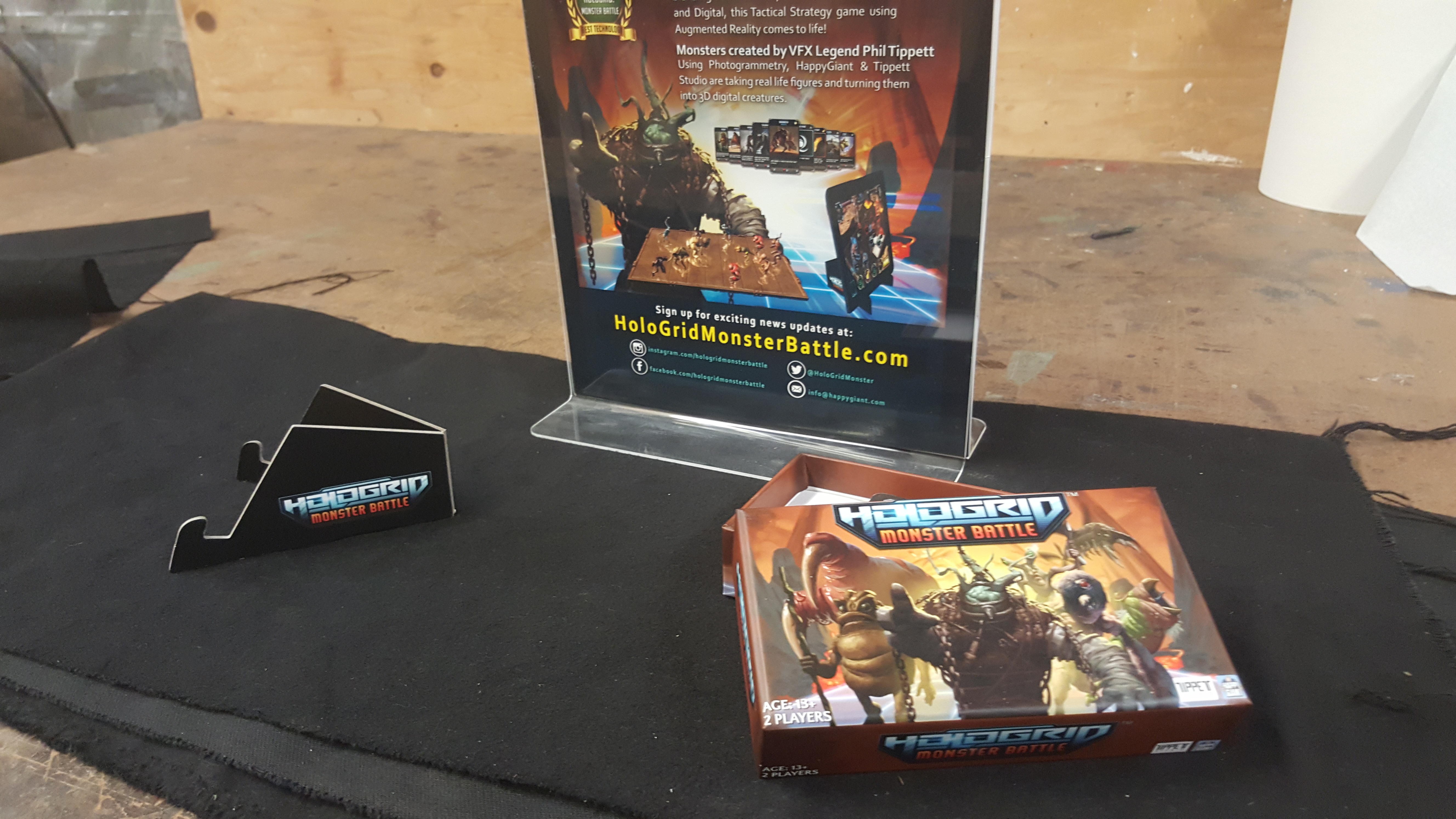The first time I saw Star Wars: Episode IV – A New Hope it wouldn’t be an understatement to say that my favorite scene is when C-3PO and Chewbaca are shown playing a game of what looks like holographic chess. This became known as Star Wars: HoloChess. It combined many of my favorite things: sci-fi, cool monsters, strategy, and multiplayer gaming.
That brief scene launched the minds of many into fantastical hypothetical scenarios of battling it out across the table from someone with nothing more than a board and its holograms. We’re still pretty far away from actual articulated holograms like the ones we saw in the movie, but we’re getting closer. HoloGrid: Monster Battle from Tippett Studios and HappyGiant is the first major leap towards that eventual future that we’ve seen in quite some time.
A New Type of AR Game
Augmented reality gaming is, as of the second half of 2016, becoming a bit of a hot topic. Fueled by the wave of excitement that was created with Pokemon GO, AR was propelled into the public consciousness. Even if you don’t think Pokemon GO is “real AR” it still got the conversation started, which is an important first step.
While VR made its big early consumer debut earlier this year with the Oculus Rift and HTC Vive and the PS VR and Google Daydream still on the horizon, AR is still cooking in the proverbial oven for the most part, so to speak.
In the case of Pokemon GO, players hold out their smartphones and use the embedded GPS tracking technology to track their location in the real world as it corresponded to Pokemon locations on the map. They also look at the screen and see through the camera lens on the back of the phone as if it were a portal into another Pokemon-fueled alternate world.
Whereas in HoloGrid: Monster Battle, you’ll use your camera in a similar way, except instead of using it to catch monsters, you’ll use it to place and command an army of them against an enemy. It’s a very different experience, but still under the same “augmented reality” game umbrella.
Heart of the Cards
The Tippett influence is immediately apparent in the designs of the very monsters themselves. Each card that’s placed in front of the camera corresponds to a creature in the game. Anyone that’s played Magic: The Gathering, Hearthstone, or virtually any other collectible card game (CCG) in their lifetime will be familiar with the basic premise at play here.
There were only four modes of play in the edition of the game that I saw: single device multiplayer (passing it between two people physically,) head-to-head standard multiplayer, playing a friend online, and searching for a random match online.
Before each match begins, you’ll build your deck: one champion, three minions, and two spells. Since the only game type currently built is a basic duel to the death with each player facing off with their deck of choice, the objective is always to kill your opponent’s champion creature — sort of like the King piece in a game of actual Chess.
Each card has a base attack and defense value, which corresponds to how much damage it does and how much damage it can receive before dying, respectively. Additionally, the game is played out on a grid-based battlefield, reminiscent of Dragon Front, Heroes of Might and Magic, or even Final Fantasy Tactics.
The most satisfying part of playing HoloGrid in my experience was seeing the violent ways in which the monsters dispatched one another. Watching a large, hulking champion lifting a small minion off the ground, biting off its head, and slamming its corpse back to the grid was like being a spectator in a gory gladiator match of beasts.
On your turn, everything you do drains your pool of mana. Summoning creatures, casting spells, moving across the board — everything. Each monster also has its own set of abilities in many cases as well, some of which could turn the tide of the battle. For example, one of the champions gives +1 attack to all allied units within one square. That is a big boost, but it requires your champion being in the front lines to take full advantage.
Each monster is supplied with little tweaks like this to spice up the gameplay just enough to avoid things getting too stale. There are no factions or anything of that sort — everyone will build a deck from the same base set of cards and take it into battle.
During the demo, one of my favorite things was just watching the card come to live on the tablet screen. I’d plop one down in front of the camera on the table and on my screen the creature that was a mere piece of artwork on the face of the card would emerge in 3D fully-animated glory. As it turns out, each of these models was built using advanced photogrammetry methods, which helps explain the insane level of detail for a seemingly simple mobile title.
In its current state, that’s about it. There is a lot of depth with regard to building your deck and deciding on strategies for attacking and defending against your opponent, but there aren’t any alternate game modes or anything — at least not yet. The team teased future ideas, such as altering the rules of matches, or even changing the board itself to have obstacles or bonuses on different squares. It’s a solid foundation with great room for growth.
Holograms of the Future
Projecting a game onto a table using a simple iPad camera isn’t exactly holographic, so it leaves a bit to be desired for fans of the actual HoloChess scene in Star Wars. Luckily, I also got the chance to try out a prototype version of the game running on a Microsoft HoloLens as well.
In this case, I looked down at the table in front of me and saw a game board similar to the one from the tablet version of the experience. Except this time instead of moving the tablet around like a window into another world, I could just move around with the HoloLens glasses on my face instead.
Being the dedicated journalist that I am, I even got down on my knees to get as close as physically possible to the creatures, and to my delight, they were just as deliciously grotesque as I’d hoped.
Using the HoloLens, I could select creatures using my gaze, and pinched my index finger and thumb together in place of tapping a touch screen. That allowed me to pick monsters, move them around the board, and even attack other creatures.
This version of the game was still a work in progress, but everyone at the demo — myself and the developers themselves included — lauded the HoloLens version (and forthcoming Tango version) as the best way to play the game. It feels like a more completed version of the original vision.
There was no news on how the HMD-powered experience would incorporate the physical cards, but it’s still certainly a possibility.
HoloGrid: Monster Battle is shaping up to be an exciting and ambitious combination of game genres and styles that’s equal parts homage to the past and innovation for the future. It draws on aspects of AR games, CCGs, digital mobile games, and strategic battle systems to create a brand new experience.
The team is targeting a Q1 2017 release date on Android and iOS. The core pack will retail for approximately $30, will include 2 full decks of ~20 cards each, 2 tablet stands, and a rule guide to get you started.

